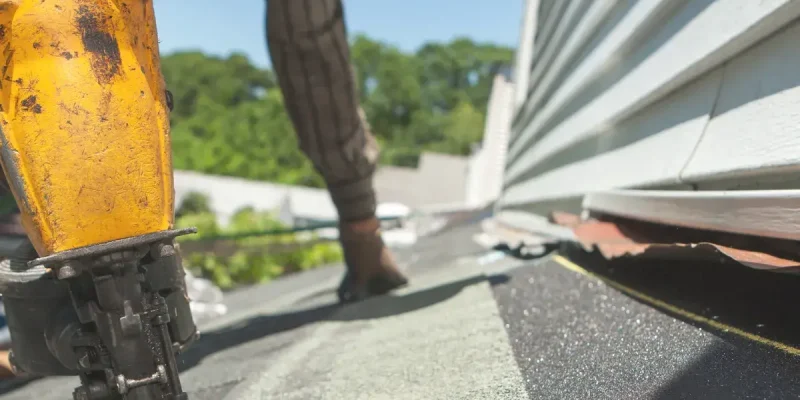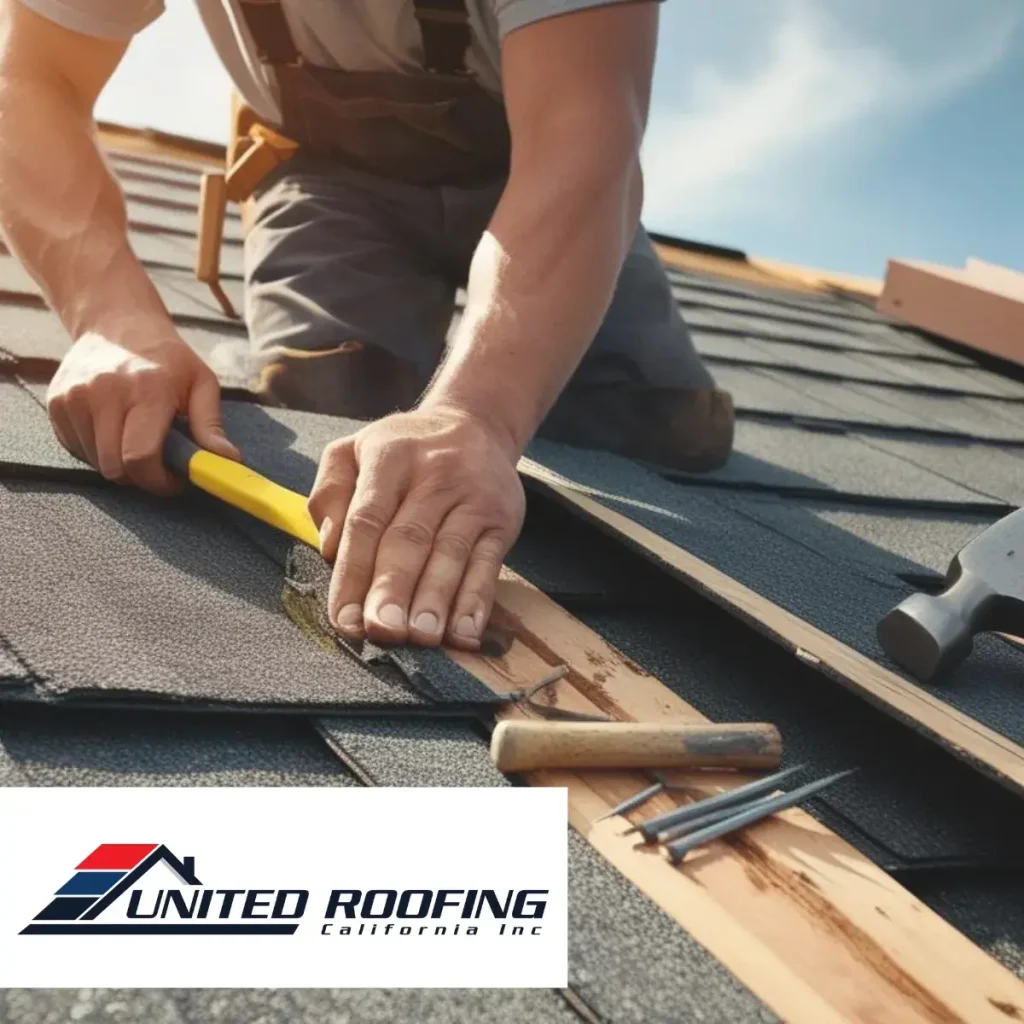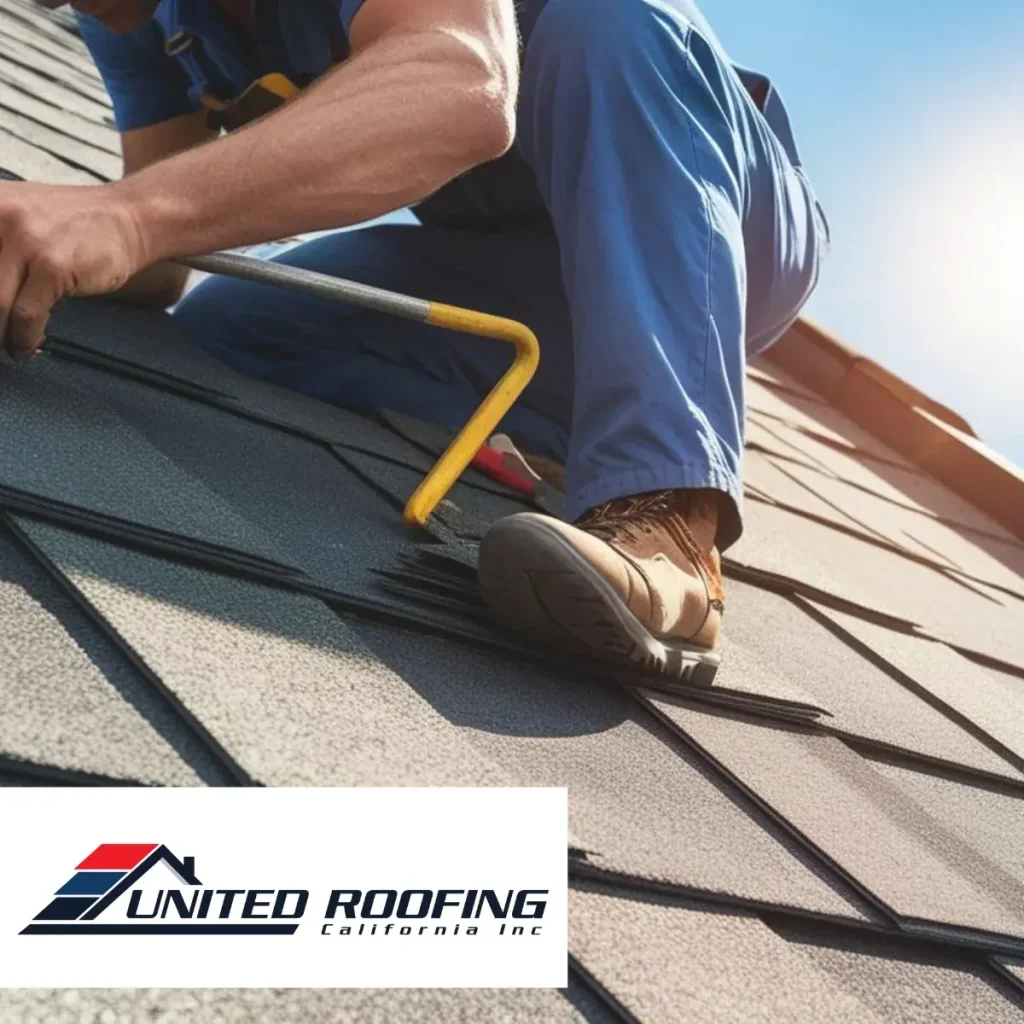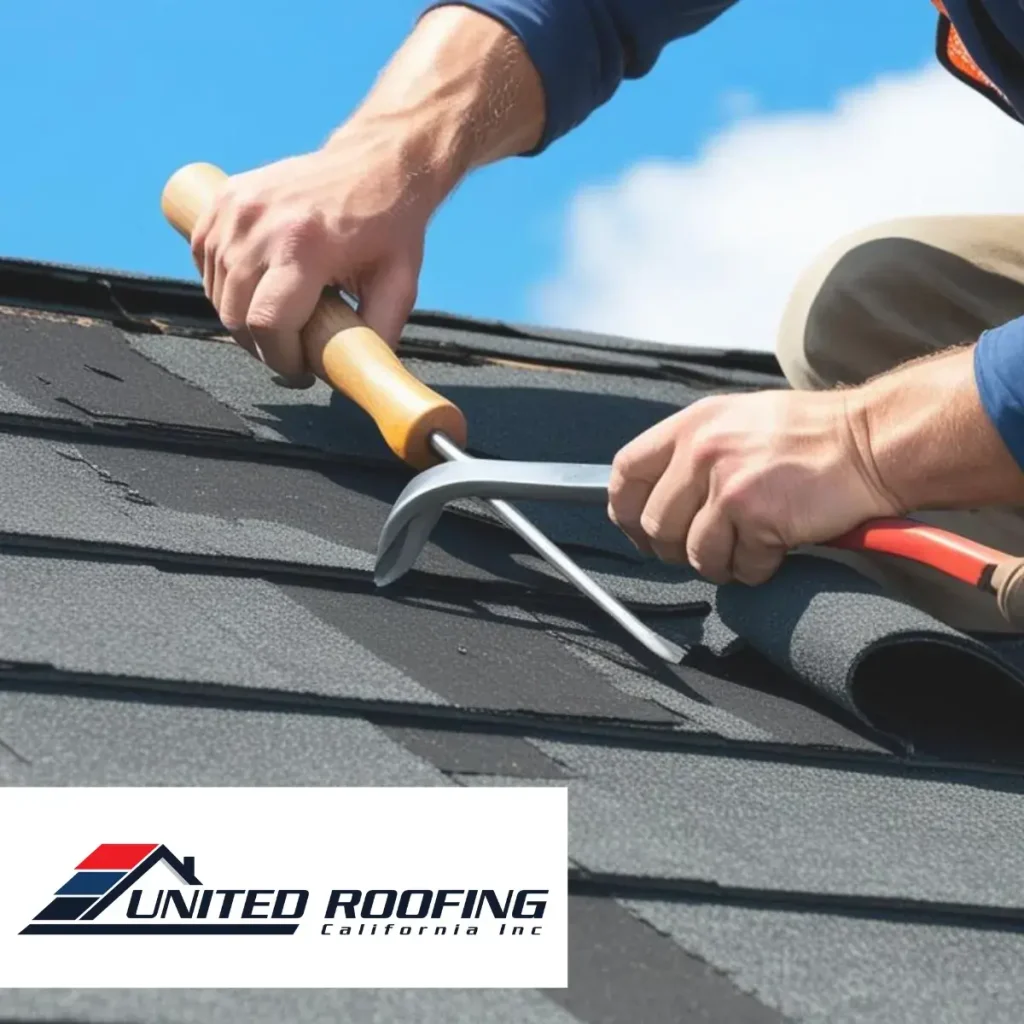Deciding to replace your roof is a significant investment that requires careful consideration of costs, materials, and the installation process. A well-structured plan ensures not only the longevity of your new roof but also enhances energy efficiency and home value. Whether dealing with an aging structure or severe storm damage, understanding the key aspects of roofing replacement can help you make informed decisions.
Factors That Influence Roofing Costs
The cost of replacing a roof varies depending on several elements, including the size of your home, the type of materials selected, and labor expenses. Additional factors such as roof pitch, accessibility, and underlying structural repairs can also impact the overall price. While asphalt shingles tend to be the most affordable option, premium materials like metal, tile, and slate offer superior durability but come at a higher cost. Getting multiple estimates from reputable contractors ensures that you receive a fair price while maintaining quality workmanship.
Choosing the Right Roofing Material
Material selection plays a crucial role in the performance and longevity of your new roof. Asphalt shingles remain the most common choice due to their cost-effectiveness and ease of installation, while metal roofing provides excellent durability and energy efficiency. Tile and slate roofs, though more expensive, offer superior resistance to harsh weather conditions and can last for decades. Climate, aesthetic preferences, and maintenance requirements should all be considered when deciding on the best roofing material for your home.
The Roofing Replacement Process
Understanding the steps involved in roofing replacement helps homeowners prepare for what to expect during the installation. The process begins with a thorough inspection to assess the condition of the existing structure. Old materials are then removed to expose the decking, allowing for any necessary repairs. A moisture barrier is installed to enhance protection against water infiltration before the new roofing materials are securely placed. Proper sealing and ventilation are essential to ensuring long-term durability and energy efficiency.
Ensuring Long-Term Performance and Maintenance
Once a new roof is installed, regular maintenance is key to maximizing its lifespan. Routine inspections help detect early signs of wear, allowing for minor repairs before significant issues arise. Keeping gutters clean, checking for loose or damaged shingles, and ensuring proper attic ventilation can prevent costly repairs in the future. Investing in high-quality materials and professional installation guarantees not only curb appeal but also a structure capable of withstanding various environmental conditions for years to come.
Learn More





